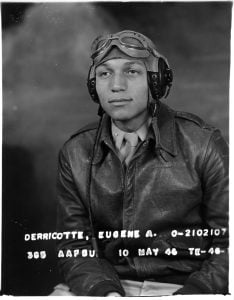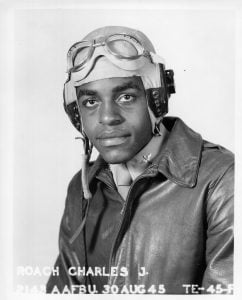Merlin The Wizard
Like a lot of female types, I have been entranced by the romantic story of King Arthur and his Knights of the Round Table. In my case, for a very long time – since there was a black-and-white TV series called “The Adventures of Sir Lancelot” on in the mid-1950s. (I looked at the available pictures online and Lancelot wasn’t nearly as cute as I remembered as an 8-year-old…)
Anyway, as I got older, my allegiance moved from the king and queen and knights to Merlin, the wizard who assisted young Arthur in his quest to be king of England. In the book, “The Once and Future King,” by T. H. White, Merlyn (as it is spelled in the book) is Arthur’s (a.k.a. “Wart” – is that a great nickname or what?!?) muse and guide. He is at once full of magic yet very human. Additionally, Merlyn is caught in a spell that makes him “youthen” so that, unlike regular men who age, he, who once grew old, gets younger again as the years pass. While this seems to be better than dying of old age, it also means he knows what’s going to happen – the good and the bad – because he already lived it!
Walt Disney retold part of that story in the animated movie “Sword In The Stone.” The film did a great job showing how Merlin changed Wart into a number of living objects – including a type of virus – so he could experience what a fish, squirrel, and sparrow deal with in their daily lives. Here is a quote about those lessons from the book: “My boy, you shall be everything in the world, animal, vegetable, mineral, protista, or virus, for all I care – before I have done with you – but you will have to trust my superior backsight. The time is not yet ripe for you to be a hawk… so you may as well sit down for the moment and learn to be a human being.”
Note that Merlyn refers to his “backsight” – which is part of his youthening process: he remembers what happened last time around.
Another quote from the book – which was published in 1958 – touches directly on World War II. In this case referencing Hitler: “There was just such a man when I was young—an Austrian who invented a new way of life and convinced himself that he was the chap to make it work. He tried to impose his reformation by the sword, and plunged the civilized world into misery and chaos.”
Merlin the Engine
With that acceptable segue from Merlin the wizard talking about Hitler, we’ll move into a discussion of the Rolls Royce Merlin engine and WWII – Hitler’s “legacy” as it were. The Squadron’s P-51C Mustang is powered by one of those engines. They are a rarity today, but in the days prior to and during WWII, they were one of the “go to” engines for aircraft.
The Merlin was developed in England by the Rolls Royce company and first ran in 1933. The first production models came out in 1936. Two British warplanes that were powered by the Merlin – their Avro Lancaster four-engine heavy bomber and the Spitfire fighter. Rolls Royce made a habit of naming their piston-powered aero engines after birds of prey and the Merlin eventually gave way to the Griffon. Other engines had names like Kestrel, Vulture and Peregrine.
The Merlin that powers the Squadron’s red-tailed P-51C Mustang is the Rolls Royce (Packard) liquid-cooled V-1650-7 engine. It can develop 1,490 horsepower and anyone who has ever heard it knows how fabulous it sounds. That engine has been silent for some time now because the engine hour meter indicated that maximum hours on the engine had been reached. There is no repair or maintenance that can be done to keep the engine airborne – the engine must be replaced, to the tune of $235,000. The Squadron has no one “wizard” to wave a wand and give us the money. Instead, it depends on people magically deciding that what we do to help educate school children and others about the pioneering Tuskegee Airmen, aviation, American history and self-reliance is valuable. If you’d like to be one of our magicians, you can click here to make a tax-deductible donation directly to the engine fund. And thank you.
Merlin’s Swan
John Joseph Merlin was a “wizard” in his own right in the late 1700s. He was a watchmaker who invented wheelchairs, weighing machines and other practical things. In 1773, he, along with another Londoner named James Cox, created an “automaton” – a silver mechanical swan. This true-to-life sized machine is housed at the Bowes Museum in County Durham, England where it delights visitors when it is wound up and “performs” once every afternoon. I love how it appears to find a fish and eat it. You can see it in action here.
The CAF Red Tail Squadron is a volunteer-driven 501c3 non-profit organization that operates under the auspices of the Commemorative Air Force. For more information, please visit redtail.org. www.redtail.org




